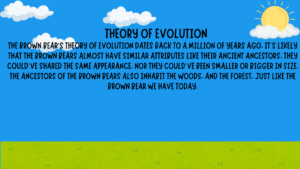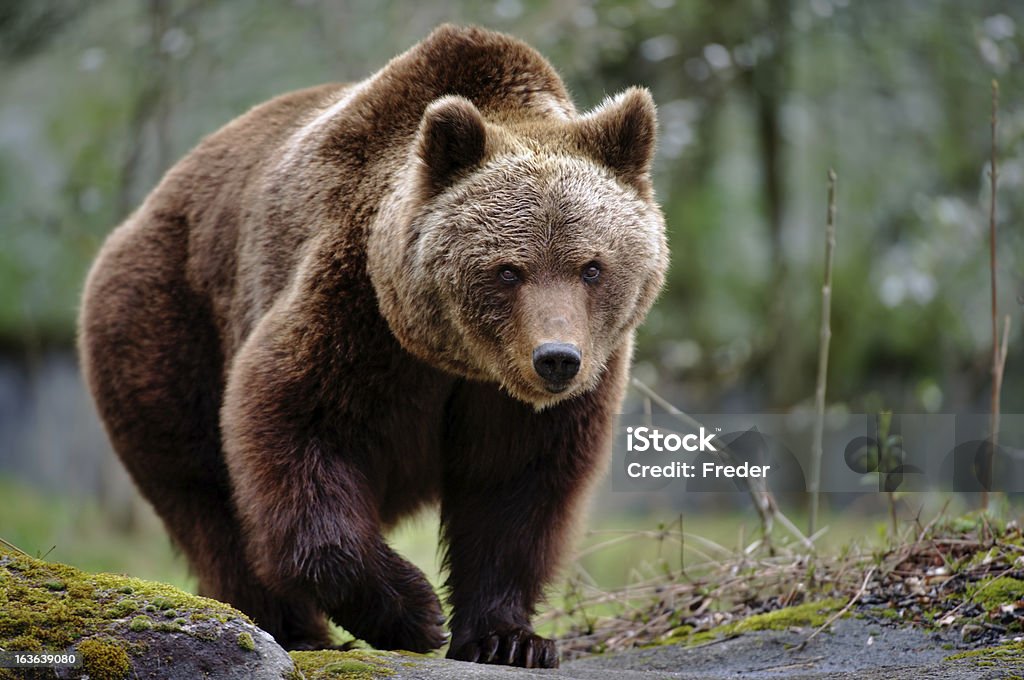Brown Bears are fascinating, large omnivorous animals that are first native to Asia before recent species inhabits in Europe and America.


Natural Selection
As cubs, brown bears are typically small; they walk on four legs. They are not mature like other older brown bears. These cubs’ diets include berries, small mammals, or rodents. They also have various attributes like other Brown bears, such as sharp claws for clinging onto surfaces or using them to catch food. They have soft and thick fur that could help them survive in the colds. They are accompanied by sharp teeth for chewing and tearing. As they mature, they begin increasing in size, and their physical appearances also start to change, with fully developed large teeth and curved claws to catch and grab. These impressive predators are known to be capable of climbing trees. They are often considered agile swimmers; these predators also feed on sea animals, like fish, salmon, etc. Brown bears are fast runners; despite their size, they have a striking agility to run fast in land for hunting or escaping large animals.

Adaptation
Brown bears are known to adapt and inhabit other lands. These include the forest, the woods, etc. They tend to make their own burrows and areas as their own territories by digging holes and finding caves to either store their foods and necessities or even hide there for a plenty of time if necessary. For example, if they are able to hunt for resources, they would be able to make nests and hide stashes. Brown bears, despite being large and heavy animals, if they continue to use these adaptations, can continue growing and reproducing all over again for a better generation.

Theory of Evolution
The Brown Bear theory of evolution dates back to a million years ago. It’s likely that they almost have similar attributes to their ancient ancestors. They could’ve shared the same appearance, or they could’ve been smaller or bigger in size. The ancestors of the brown bears also inhabit the woods and the forest, just like the brown bear we have today.

Research
Scientific studies explain that they track the evolutionary stage of the ancient brown bears by using pieces of fossils that can help scientists understand that these predators can rebuild their physical characteristics over time. Scientists also have fossilized bones and teeth of ancient Brown Bear species to uncover the Brown Bear ancestry. They scan the shape, size, and structure of these fossils to understand how brown bears have changed for years.

About the author

Kalel Mallari
Kalel Kristoff Mallari is a 12-year-old incoming 6th grader based in Baguio City who aspires to become a successful and influential YouTuber. He enrolled in Bubots to improve his writing and communication skills, which will take him a step closer to his dreams. During his free time, he loves playing online games and bonding with his youngest sister, Libby.

